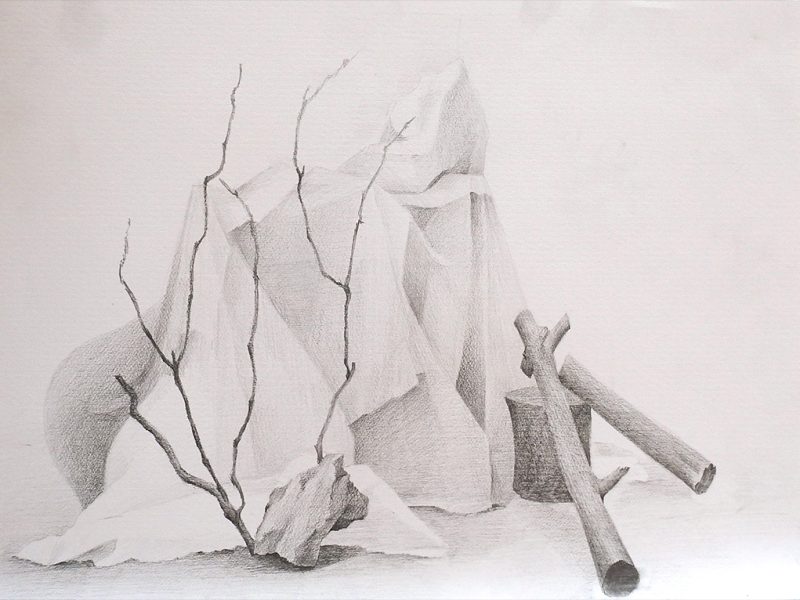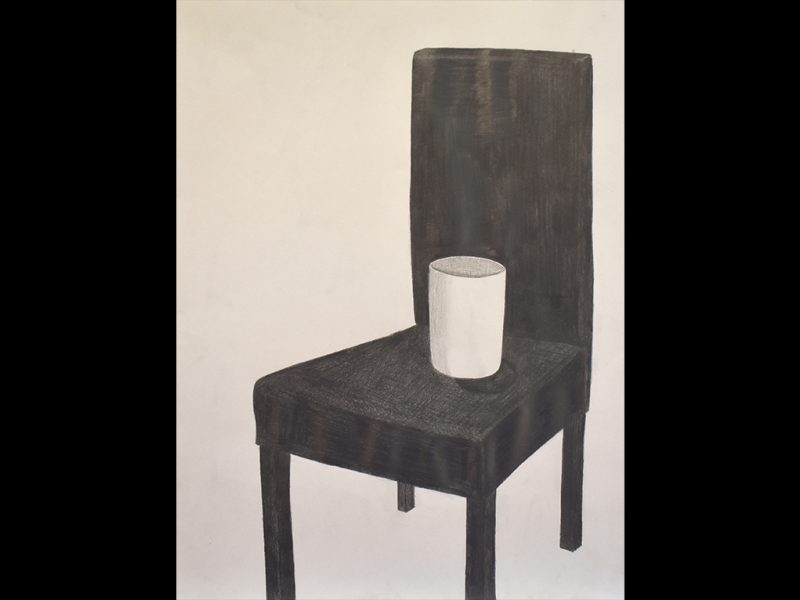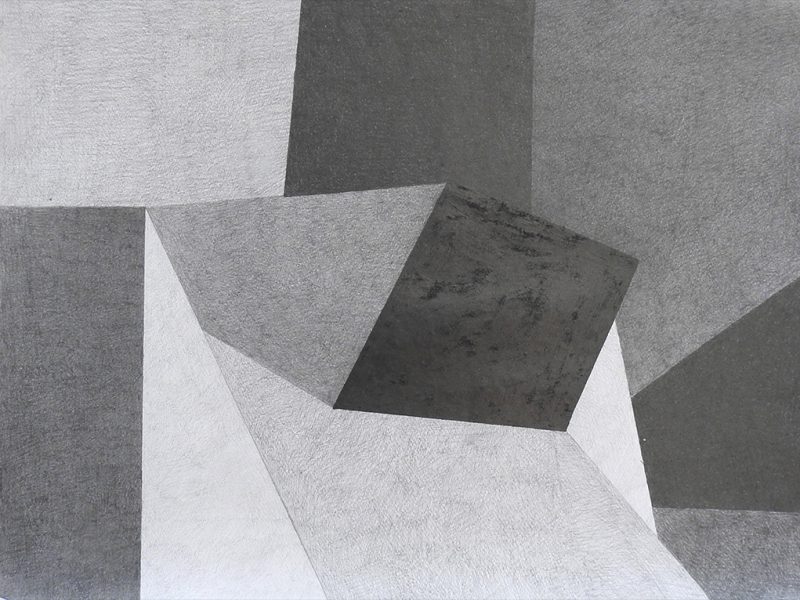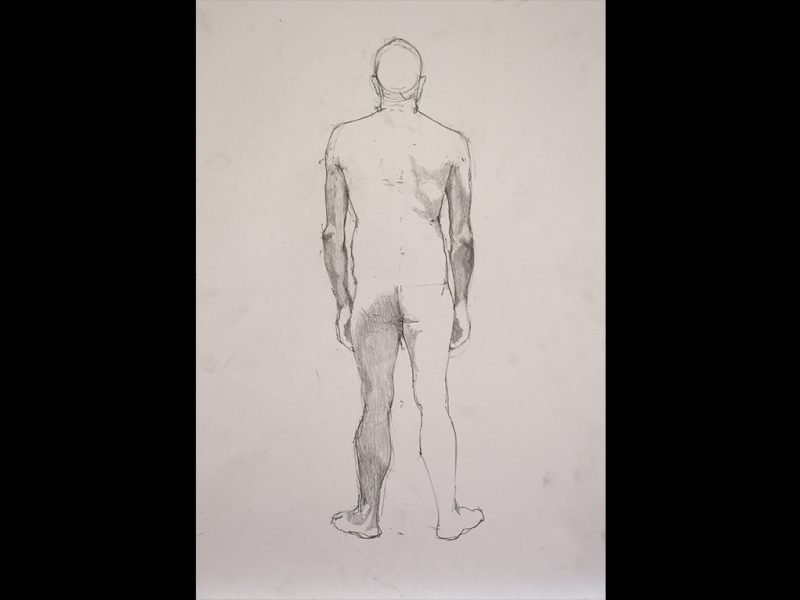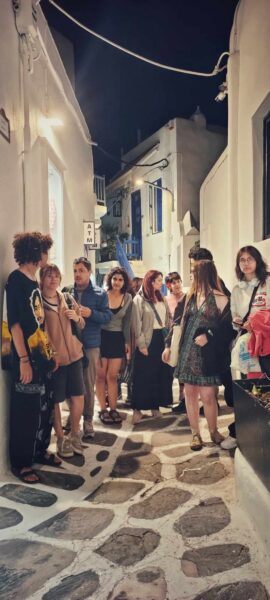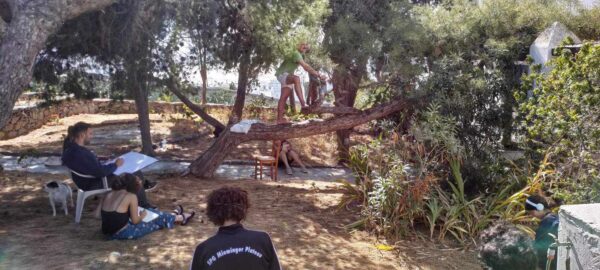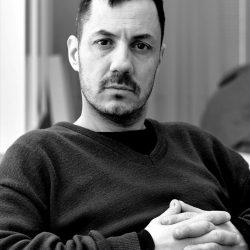DRAWING – PRINCIPLES OF COMPOSITION
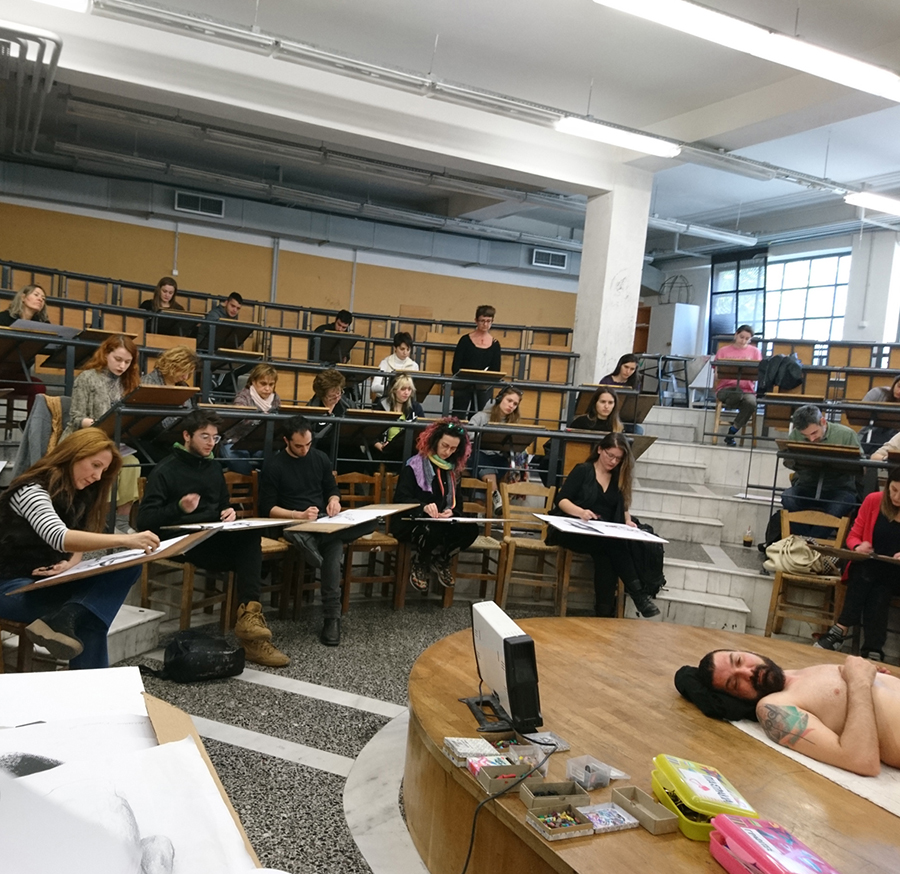
The aim of this course is to introduce students to the fundamental elements of freehand drawing and to the core principles of visual composition in the language of the visual arts. Each presentation of these fundamental elements and compositional principles is supported by an extensive visual component, including images of drawings and artworks – painting, sculpture, and printmaking – from across the history of art, along with references to the contemporary art scene. The course seeks to cultivate a deep understanding of the diversity, multiplicity, and breadth of visual design practices, as well as to highlight the ways in which contemporary art remains rooted in its historical foundations. By becoming familiar with the stages of drawing development, the range of materials and tools available, and the variety of drawing types suited to different creative goals, students are encouraged to recognize drawing as a fundamental tool for understanding, knowledge-building and problem-solving in artistic practice – whether compositional, structural, or otherwise. Instruction is organised around a series of progressively structured exercises. These are conducted through direct observation and involve working from artificial or natural models, with particular emphasis on the human figure (nude model). The aim is to train students in the art of observation, sharpen their visual acuity, and cultivate their ability to render personal visual notations and conceptual formulations through drawing. For each exercise, appropriate techniques and materials are proposed to effectively address the given objectives. This approach underscores the function and relevance of various drawing types and media, allowing students to make informed choices in their future work. In parallel, the course addresses essential visual art concepts that every artist must grasp and be able to express through the concise and immediate language of drawing. The course further aims to enhance perceptual acuity, the development of visual memory, and the refinement of visual perception in conjunction with tactile awareness. Through targeted exercises, students acquire the necessary tools and competencies to more fully meet the demands of studio-based coursework in their chosen field of study within the School. Additionally, the course fosters an appreciation of drawing as an autonomous and complete artistic expression in its own right.
Student Works
